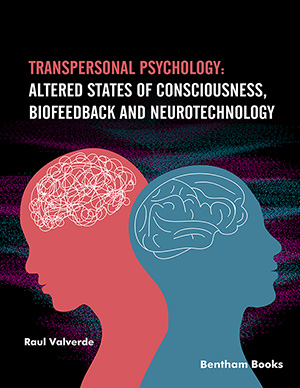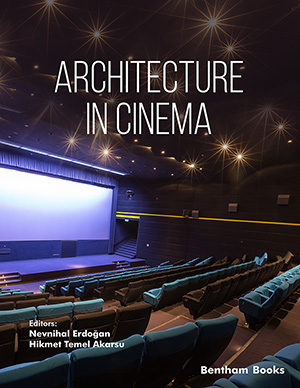Abstract
Austerlitz is the final novel of W. G. Sebald, one of the leading writers of
German literature, published before his death. In this novel, Sebald deals with the life
of the protagonist, Jacques Austerlitz, a Jewish scientist born in Wertach in 1934, in
exile after being separated from his homeland. Austerlitz is an architectural historian.
After choosing the academic path in his career, he learns about his past and begins to
search for his real family following the death of his adoptive parents. Austerlitz was
kidnapped from Czechoslovakia during the Nazi era of Germany and brought to Britain
as a refugee and adopted by a family in Wales. The work begins with the scene where
Austerlitz, while drawing at the Antwerp Railway Station in 1967, encountered the
novel's unnamed narrator and began to talk. Later on, Austerlitz continues to meet with
this anonymous narrator in various cities during his travels in Europe. While
researching his family, Austerlitz also provides the reader with an analysis of the
architectural structures in the city he is in. These cities are not randomly chosen places.
While Sebald searches for his authentic self, it is not accidental that the architecture
integrated into the story consists of structures from the post-war era. In this work, we
analyze the information the author presents about the architecture of the buildings to
the reader; European architecture is conveyed not through a single style but by
considering different structures built in different periods. While making these analyses,
establishing a connection with the European Jews during the Holocaust (the genocide
of European Jews) was tried. While examining the story of Austerlitz, European
architecture is treated in an integrated way into the storyline. The buildings and cities
discussed in the novel, Austerlitz, are examined considering their periods and
architectural styles. Of the buildings examined in parallel with the flow of the novel,
some have undergone changes today, as well as those that we do not have information
about. In the book, in which various buildings from different eras are discussed, the
architectural analysis has been handled under three different headings in line with the
flow of the story, and it is seen that the architectural styles and ideologies of the periods
are effective in the buildings. While searching for his authentic self throughout the
work, the protagonist, Austerlitz, has shed light on the dusty shelves of architectural
history.
Keywords: Architecture of power, Austerlitz, Architecture, Art nouveau, Arts and crafts, Antwerp central station, Baroque, Brussels courthouse, Brutalist, Breendonk, Capitalism, Fascism, German literature, Great eastern hotel, Gothic, Holocaust, Karmelitska, Modernism, Memory space, Nazi, Prague, Theresienstadt, W. G. sebald.








